What is the Formula for Banana Bread?
Banana bread is a timeless favorite in kitchens worldwide. Its moist, tender crumb and the sweet, comforting taste of bananas make it a go-to recipe for beginner and seasoned bakers alike. But beyond the simple joy of baking, many wonder, “What is the formula for banana bread?” This article dives into the essential components and steps to create the perfect banana bread, exploring variations, tips, and answers to common questions. Whether you’re a baking novice or an expert looking to tweak your recipe, this guide has got you covered.
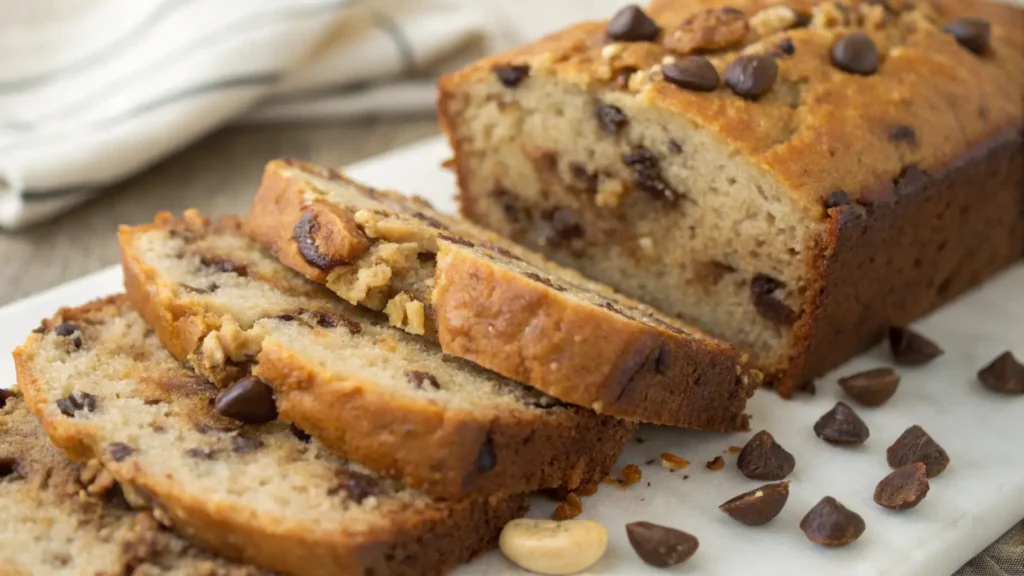
Introduction to Banana Bread
What is Banana Bread?
Banana bread is a delicious quick bread made primarily from overripe bananas, flour, sugar, and leavening agents. Unlike traditional bread, which relies on yeast, quick breads like banana bread rise using baking soda or baking powder. The result? A moist, flavorful loaf that’s easy to make and packed with the natural sweetness of bananas.
Historical Background and Popularity
The origins of banana bread date back to the early 20th century, a time when baking soda and powder became household staples. During the Great Depression, resourceful cooks used overripe bananas instead of discarding them, creating this now-beloved treat. Over the decades, banana bread has evolved, with countless variations featuring nuts, chocolate chips, and spices. It’s a staple in cafes, bakeries, and home kitchens alike—proving its enduring appeal.
Understanding the Basic Formula for Banana Bread
Core Ingredients and Their Functions
To answer the question, “What is the formula for banana bread?”, you need to know the key ingredients and their roles. Flour, typically all-purpose, provides the structure and body of the bread. However, the magic happens when you mix it with wet ingredients to create the perfect batter consistency. Next, there’s sugar, which sweetens and adds moisture. Granulated sugar or brown sugar are common, though honey or maple syrup can work, too.
Let’s not forget the bananas—the true star of the show. Overripe bananas with brown spots are ideal as they’re sweeter and mash easily, blending seamlessly into the batter. Eggs act as binders, holding everything together, while butter or oil contributes richness and softness.
Leavening Agents and Their Role
Banana bread wouldn’t be complete without a leavening agent like baking soda or baking powder. When mixed with acidic components or heat, these ingredients release carbon dioxide, helping the bread rise and develop its soft, fluffy texture. But don’t overdo it—too much leavening can cause your bread to collapse.
The Balance of Wet and Dry Ingredients
The formula for great banana bread hinges on balancing wet and dry ingredients. Too much flour, and the bread turns dense. Too little, and it might not hold together. The ideal ratio is often close to three parts flour, two parts sugar, and one part fat or oil. This ensures a moist, flavorful loaf every time.
Exploring Ingredient Variations
Alternative Flours and Gluten-Free Options
For those looking to tweak the traditional recipe, alternative flours like almond, oat, or coconut can be used. These flours add unique flavors and textures. If you’re avoiding gluten, a gluten-free flour blend works wonders. The key is to add a binding agent like xanthan gum to mimic the elasticity of gluten.
Substituting Sweeteners
Traditional banana bread calls for white or brown sugar, but there are many alternatives. For a healthier twist, try natural sweeteners like honey, agave, or even mashed dates. These not only cut refined sugar but also add depth to the flavor profile.
Adding Mix-Ins for Flavor
One of the best ways to personalize your banana bread is by adding mix-ins. Crushed walnuts or pecans bring a delightful crunch, while chocolate chips make the loaf irresistible to kids and adults alike. For a fruity twist, toss in blueberries or shredded coconut. These additions make each bite a surprise.
Step-by-Step Guide to Making Banana Bread
Preparation of Ingredients
Before diving into the recipe, gather everything you’ll need. The ingredients are simple: ripe bananas, flour, sugar, eggs, butter, and a leavening agent like baking soda. Use bananas that are heavily speckled or even blackened—these pack the sweetest flavor.
Start by preheating your oven to 350°F (175°C). Grease a loaf pan with butter or cooking spray. Measure and sift the dry ingredients to ensure a lump-free batter. Meanwhile, mash the bananas in a bowl until smooth, leaving small chunks if you like texture.
Mixing and Combining
In a mixing bowl, cream together butter and sugar until fluffy, then add eggs one at a time, beating well after each. Stir in the mashed bananas and vanilla extract for a boost of flavor. Gradually fold in the dry ingredients, alternating with a splash of milk to keep the batter moist and easy to mix. Overmixing is a common mistake, so stop as soon as the ingredients are combined. (Check out our article on What is the Number One Mistake Making Banana Bread? to avoid common pitfalls!)
Baking and Cooling
Pour the batter into your prepared loaf pan, filling it no more than three-quarters full to prevent overflow. Bake for 50–60 minutes, checking for doneness by inserting a toothpick into the center. If it comes out clean or with a few moist crumbs, your bread is ready. Cool the loaf on a wire rack for at least 10 minutes before slicing.
For a unique twist, consider trying our 3-Ingredient Banana Bread for a simplified version!
Troubleshooting Common Banana Bread Issues
Why Does My Banana Bread Sink in the Middle?
A sunken banana bread often results from underbaking or adding too much leavening agent. To prevent this, stick to the recommended baking time and test for doneness before removing the loaf from the oven. Also, measure baking soda or powder precisely—too much causes the bread to rise quickly, then collapse.
Dealing with Dry or Overly Moist Texture
Dry banana bread might stem from using too much flour or baking it too long. Always spoon and level your flour when measuring. On the flip side, a soggy loaf could mean you added too many bananas or didn’t bake it long enough. Aim for a smooth, balanced batter to avoid these issues.
Avoiding Overmixing and Overbaking
Overmixing activates the gluten in the flour, resulting in dense banana bread. Stir the batter just until no dry streaks remain. Similarly, overbaking can make the loaf dry and crumbly. Keep an eye on the timer and check for doneness around the 50-minute mark.
FAQs About Banana Bread
How Can I Store Banana Bread?
Storing banana bread properly ensures it stays moist and fresh for days. Wrap the loaf tightly in plastic wrap or aluminum foil and keep it at room temperature for up to three days. For longer storage, refrigerate it for up to a week. Want to save some for later? Freeze individual slices or the whole loaf in airtight containers for up to three months. Just thaw at room temperature when ready to enjoy!
What Are Some Healthy Variations?
If you’re wondering, “What is the formula for banana bread?” but want a healthier spin, there are plenty of options. Swap white flour with whole wheat or oat flour for added fiber. Use mashed avocado or applesauce in place of butter to cut fat. Opt for natural sweeteners like honey or maple syrup instead of sugar. These tweaks retain the delicious flavor while making the loaf more nutritious.
Can I Freeze Banana Bread?
Yes, banana bread freezes beautifully! To freeze, allow the loaf to cool completely. Then, wrap it in plastic wrap, followed by aluminum foil for extra protection. When you’re ready to eat, simply let it thaw at room temperature or warm it in the oven. Freezing helps preserve the flavor and texture without any compromise.
Nutritional Insights and Benefits
Nutritional Breakdown
Banana bread is a comfort food, but it’s surprisingly nutritious, too. Bananas are rich in potassium, which supports heart health, while eggs provide protein and essential vitamins. Traditional recipes can be calorie-dense due to sugar and butter, but small adjustments make it healthier.
Tips for Making a Healthier Version
To enjoy banana bread guilt-free, consider using whole-grain flours or reducing the sugar content. Adding nuts or seeds like flax or chia boosts the fiber and omega-3 levels. Curious about “What is the formula for banana bread?” that’s both delicious and healthy? It’s all about balance—using high-quality ingredients while keeping portion sizes in check.

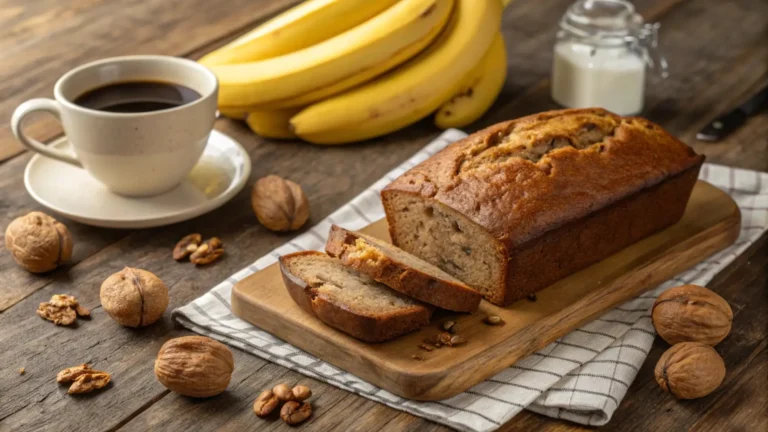
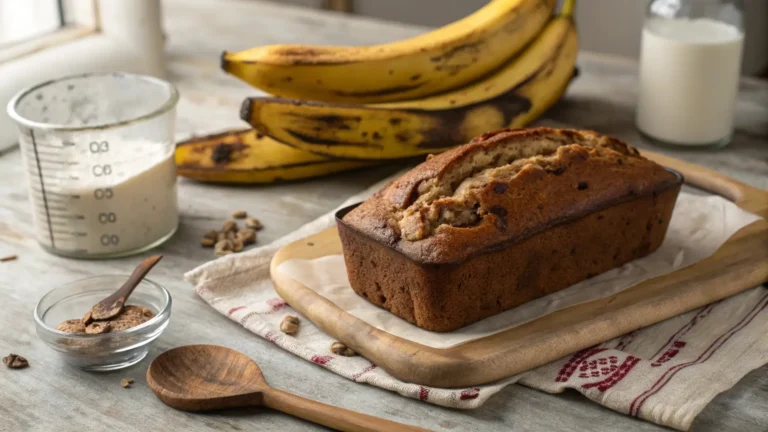

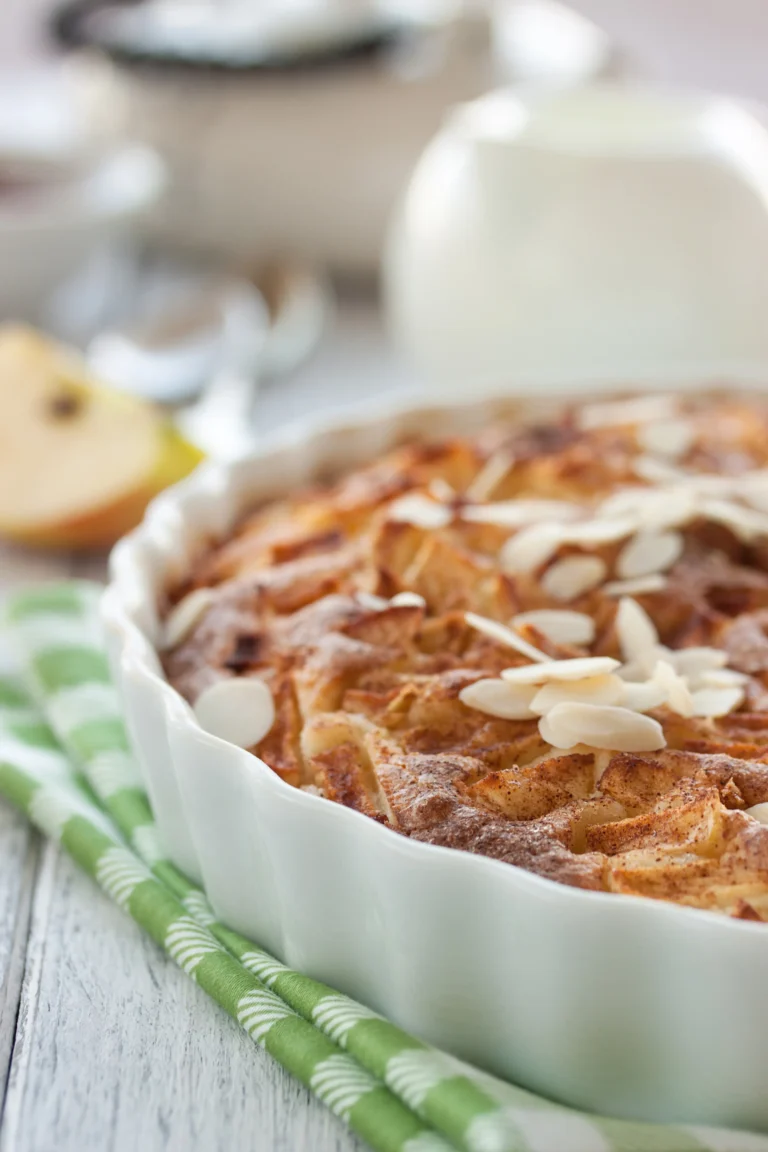
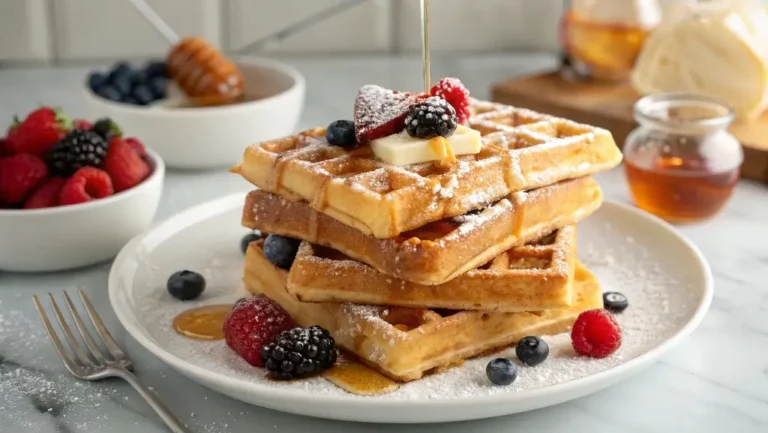
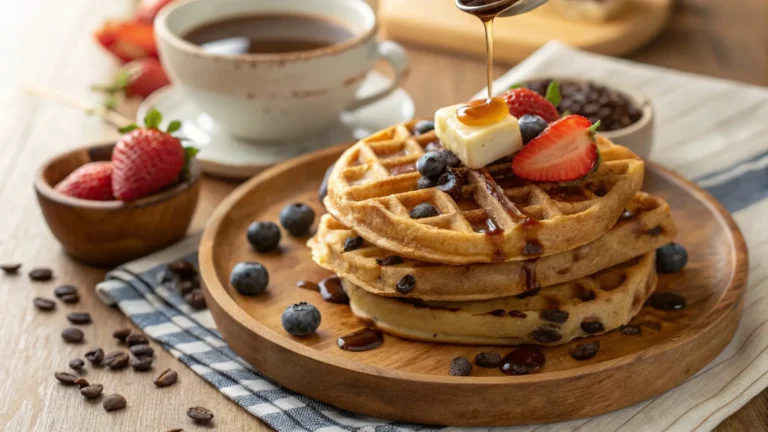
One Comment